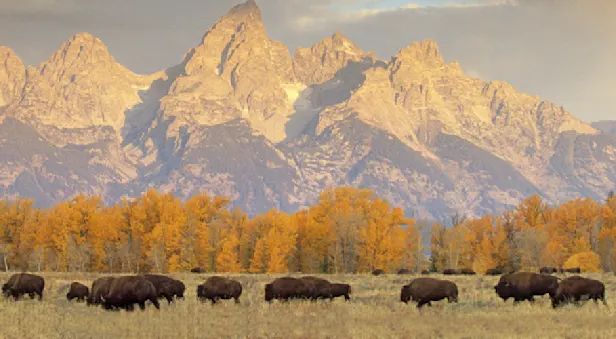Know Before You Go
Black Bear Facts | Yellowstone Wildlife Guide
The Greater Yellowstone Ecosystem is one of the few places where black and grizzly bears coexist. Not long ago, people were more likely to associate Yellowstone with black bears than grizzlies. The park once even allowed people to feed black bears from their car windows. Good idea? No.
It is never wise to encourage bears to associate humans with food, and parks across the country have put great effort into educating visitors that a food-conditioned bear is likely to get in trouble and be relocated or, in extreme situations, be euthanized. The effort has been very successful, and according to the National Park Service human injuries in Yellowstone as a result of conflict with bears has been reduced from an average of 45 a year from 1930–1960 to one every five years since 1980.
PHYSICAL CHARACTERISTICS
Only about half of the black bears in Yellowstone are black in color—the rest are brown, blond or cinnamon. This can make it difficult to tell what kind of bear you are watching. Black bears do not have the characteristic shoulder hump of the grizzly, and their noses are “aquiline,” coming straight down from the forehead.
On average, black bears are much smaller than grizzlies, with Yellowstone males rarely weighing more than 300 pounds and females topping out at about 200 pounds.
BEHAVIOR & FEEDING HABITS
Black bears are omnivores. Their generalized diet has enabled them to be successful in many ecosystems, making them the most widespread bear species in the world. In fact, there are more black bears in the world than all other bears combined. They seem to be equally happy feeding from a berry patch, a camper’s cooler or a suburban garden. Their activity levels peak in the fall as they eat almost continually to put on the weight they will need for their winter hibernation, and most black bears are in their dens by the end of December.
See Black Bears on These Yellowstone Safaris

Hidden Yellowstone & Grand Teton Safari
A small-group exploration of Yellowstone and the Tetons as few get to experience these iconic parks—scout for wildlife and discover secret places with our naturalist guides who know this region intimately.
























